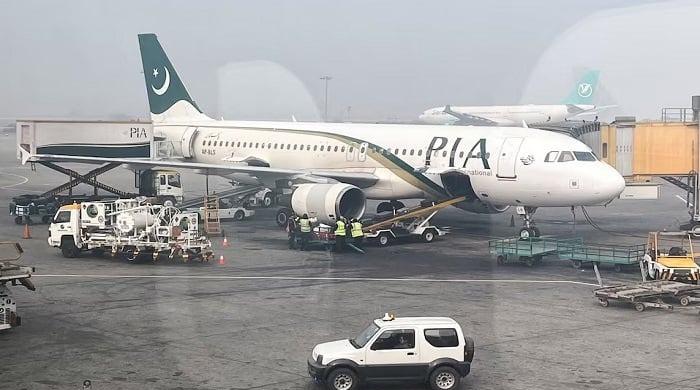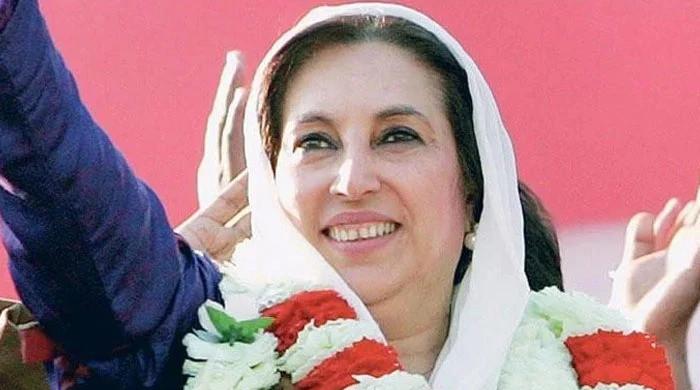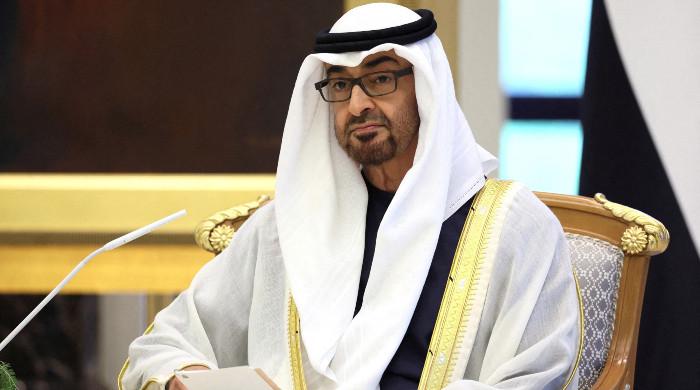The gaping holes in Babri Mosque judgement
Delay in criminal trial and wrongful interpretation of facts puts question mark over verdict
November 11, 2019
In a diabolical interpretation of facts, the Supreme Court of India last week ended a nearly 500 year-old claim of the Muslim community over the Babri Mosque in Ayodhya on the premise that the main petitioner, Sunni Waqf Board, could not establish possession over the land for 325 years between the creation of the mosque in 1528 to the year 1856.
In a whimsical endorsement, the court upheld the claim of the Hindu community over the land by relying on references provided by two foreign travelers to India in the judgement, namely William Finch (1608-11) and Tieffenthaler (1743-1785), who mentioned Hindus worship of Ram in Ayodhya in their travelogues.
Although the Indian government called it an internal matter and criticized comments made on the judgement by the foreign office in Pakistan, the Indian foreign ministry rushed to assemble diplomats in New Delhi within hours of the judgement to brief them on the situation.
India is already facing global backlash on the occupied Kashmir situation and the Babri Mosque fallout will likely further damage its global image.
As the top Indian court handed over the entire site to the Hindu petitioner in the judgement, a special court hearing the criminal case regarding the martyrdom of the Babri Mosque is yet to issue a judgement, almost 27 years since the mosque was martyred. Ex BJP President LK Advani and many others are charged of conspiracy in the 1992 incident.
In the judgement about possession of the Babri Mosque site issued on Nov 9th, the Indian court acknowledged that Emperor Babur built the mosque in 1528, and that Muslim have been using it for worship since 1856. But since Waqf Board could not establish possession of the site before 1856, and foreign travelers mentioned use of site by Hindus for worship of Ram, the whole site was handed over to the Hindu community to build a temple in place of the Babri Mosque.
The judgement records that Muslims were using the mosque to offer prayers when the Hindu Muslim riots broke out in 1856, and the British administration erected a railing to divide the courtyard into two. The outer part of courtyard was given to Hindus and the inner part of the courtyard went to Muslims.
The judgement records that riots again broke in 1934, when the dome of the mosque was destroyed and was repaired. And that in December 1949, Hindus placed idols in the central dome of the mosque, leading to riots between the Hindu and Muslim community.
The court acknowledged that the martyrdom of the mosque in 1992 and the desecration of the mosque in 1949 were against law and status quo, but because Sunni Waqf Board could not establish possession over land between 1528 and 1856, and keeping in view the accounts of foreign travelers, the claims of the Hindu community were more credible. The court also relied on the findings of some archaeologists that claim that a Hindu structure may have existed at the site in the 12th century.
In an earlier judgement, Allahabad High Court had fully acknowledged Muslims usage of the mosque for prayers, and divided the Babri Mosque site equally between three parties involved. However, the Supreme Court of India, in its interpretation of facts, declared that the disputed site is “one whole” and gave it to the Hindu petitioner to build a temple.
Although the court claimed that it favored equality for all religions in the judgement, the verdict hardly inspires confidence of religious minorities in India. Four-time member of Indian parliament and All India Majlis-e-Ittehadul Muslimeen chief Barrister Asaduddin Owais commented that the Babri Mosque judgement appeared to chose faith over facts.
To date, the criminal conspiracy charges against senior BJP leaders like ex-president LK Advani, and others, have not been adjudicated. The top court in India had given a speical court hearing the conspiracy charges a two-year limit in April 2017 to dispose off the case. The two-year limit has now been extended by the court till a decision is announced.
40 leaders of BJP, and others who had role in the martyrdom of the Babri Mosque have already passed away, and the main accused, LK Advani, just celebrated his 92nd birthday, which was attended by Indian PM Modi and senior leaders of BJP. Thousands of innocent lives, mainly Muslims, were lost in the Babri Mosque saga and the BJP ascent to power.
Besides the errors in the judgement and the wrongful interpretation of facts, politics around the timing of the decision is equally intriguing, as to how the court took it up for a day-to-day hearing right after occupied Kashmir annexation on Aug 6th.
After concluding arguments on Oct 16th, the court chose Nov 9th weekend to announce the Babri Mosque judgement, the same day as the Kartarpur corridor was inaugurated. In the run up to this judgement, the court was rocked by a sexual harassment controversy against the top judge in April/May, and had been under extreme pressure to restore its sanctity.
A 35-year junior lady clerk had alleged that Indian Chief Justice harassed her with sexual advances when she was posted at his home office . On resistance, the complainant was dismissed from service and a number of her family members were also dismissed from service and harassed. In the following investigations, the accused constituted a bench of the top court that exonerated him.
BJP has built its political narrative of resurgence of Hindutva around the martyrdom of the Babri Mosque. BJP raised its political score of only 2 parliament members in the 1984 elections to its present majority in parliament on the back of issues like Babri Mosque and Hindutva revival.
Different pillars of the Indian establishment and the state are now under extreme pressure to act and decide within the confines of BJP agenda. It was under these considerations and circumstances that the Babri mosque verdict was announced, full of inconsistencies and whimsical interpretations. Such are the circumstances in which the court starts hearing of over 14 appeals against the Indian annexation of occupied Kashmir on Nov 14th, 2019.









